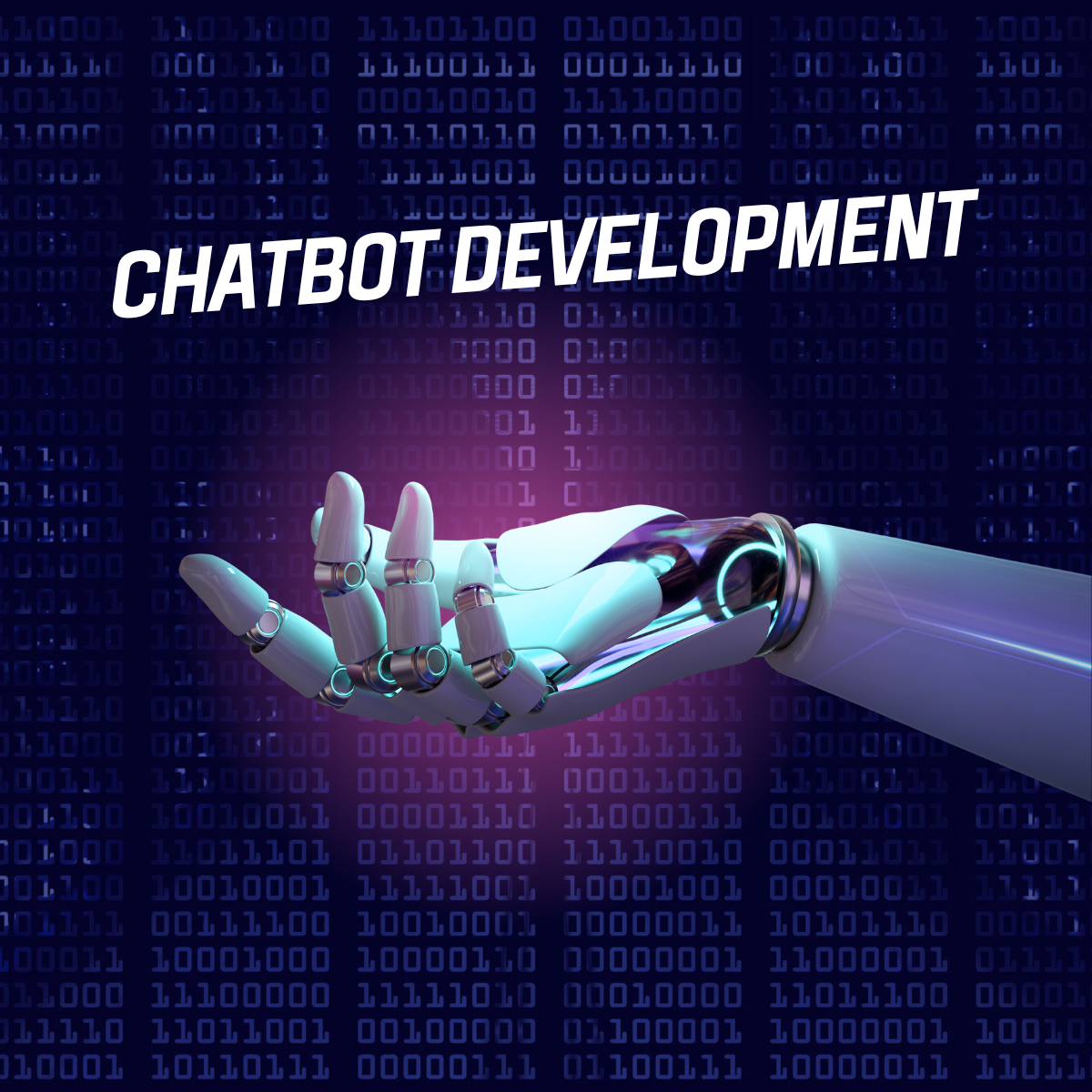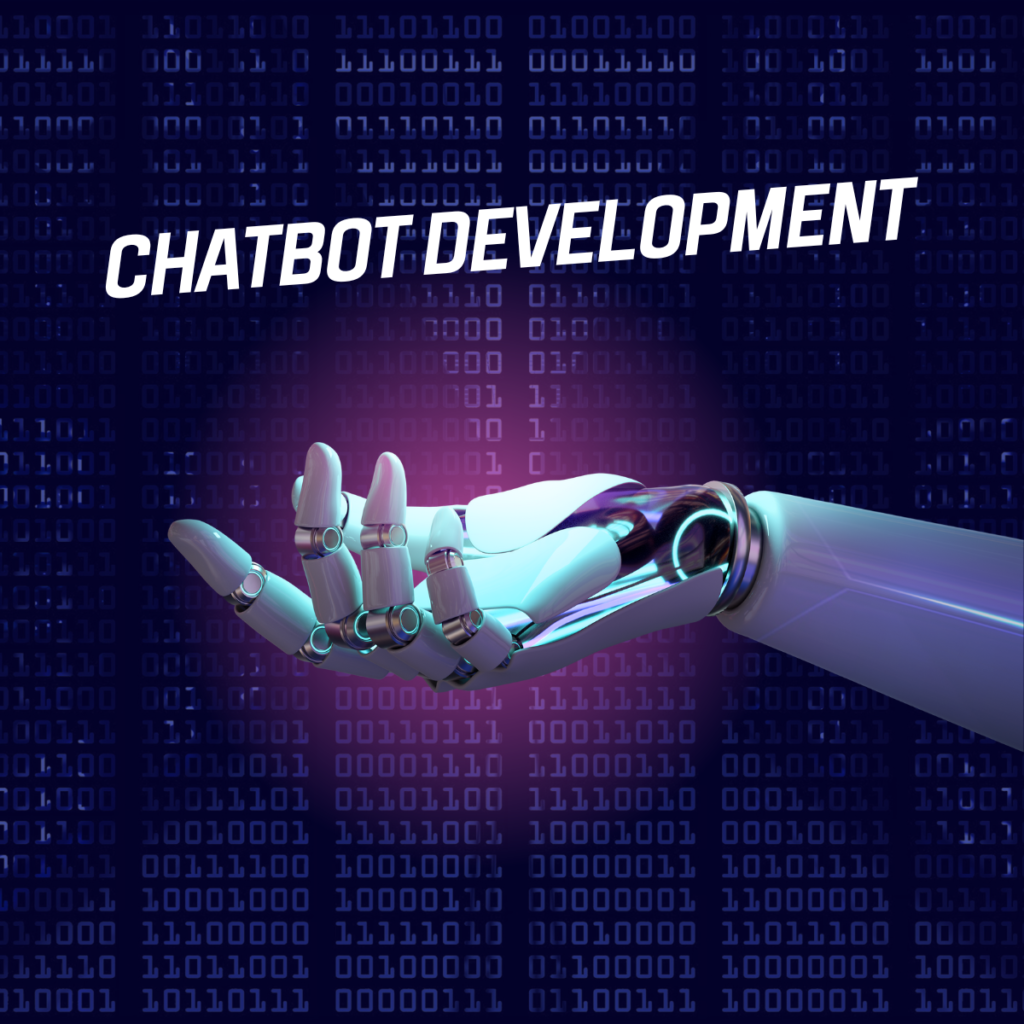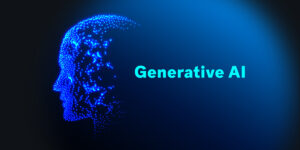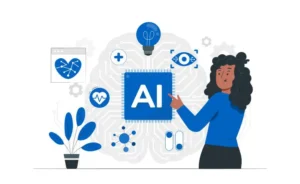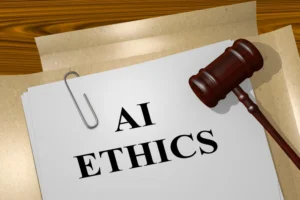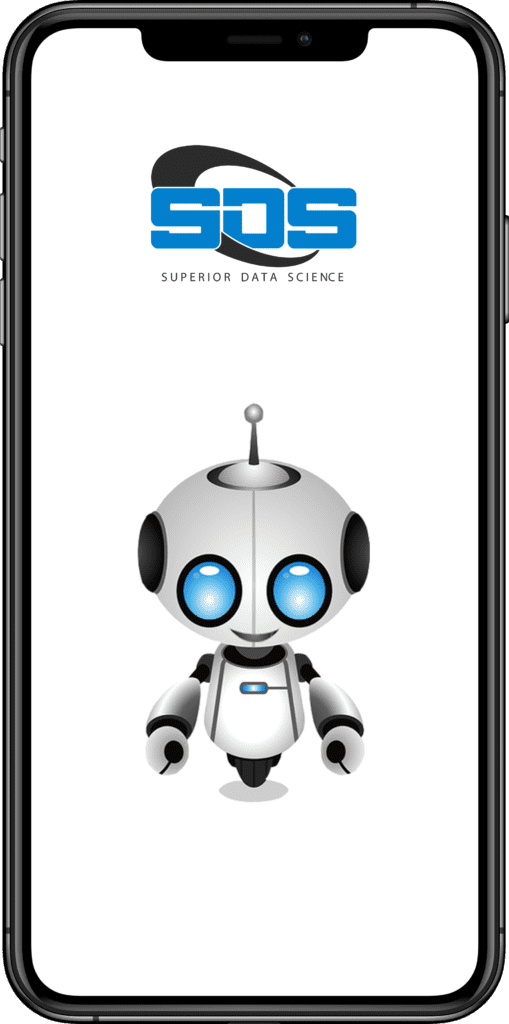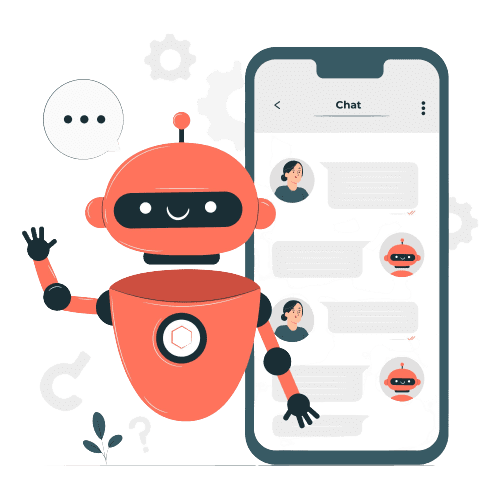Understanding of chatbot:
In the digital age, chatbots have become an integral part of customer service and online interactions. These virtual assistants, powered by artificial intelligence (AI), are designed to engage with users in a conversational manner, providing information, assistance, and even entertainment. They can be found on websites, messaging apps, and even voice-activated devices like smart speakers. But have you ever wondered about the Understanding of chatbot, how chatbots understand what users are trying to convey? Let’s dive into the fascinating world of chatbot comprehension.
Natural Language Processing (NLP): The Heart of Chatbot Understanding:
At the core of a chatbot’s ability to understand user inputs lies Natural Language Processing (NLP). NLP is a branch of AI that focuses on the interaction between humans and computers through natural language. It enables chatbot API developers to process, analyze, and generate human language in a way that is both meaningful and contextually relevant.
When a user interacts with a chatbot by typing or speaking, NLP comes into play. Here’s how it works:
1. Text Input Analysis:
When a user sends a message or query to the chatbot, the chatbot’s NLP engine first analyzes the text input. This analysis involves several steps, including:
- Tokenization: Breaking the text into individual words or tokens.
- Stopword Removal: Filtering out common words like “the,” “and,” “is,” which don’t carry significant meaning.
- Lemmatization/Stemming: Reducing words to their base or root form (e.g., “running” becomes “run”)
2. Intent Recognition:
Once the text input is preprocessed, the NLP engine works on recognizing the user’s intent. In other words, it tries to understand what the user wants to achieve with their message. For example, if a user asks, “What’s the weather like today?”, the intent is to inquire about the weather. This critical step is essential to develop chatbot functionality effectively, ensuring that the chatbot provides relevant and accurate responses.
3. Entity Recognition:
In addition to intent, NLP also identifies entities in the text. Entities are specific pieces of information within the user’s message. For instance, in the weather inquiry, the entity might be the location for which the user wants the weather forecast (e.g., “New York City”). This aspect is a crucial part of the chatbot development process, ensuring that the chatbot can extract and utilize relevant information to provide meaningful responses.
4. Contextual Understanding:
NLP doesn’t just focus on individual words or phrases; it also considers the context of the conversation. It remembers previous messages and user interactions to provide meaningful responses. This contextual understanding is crucial for maintaining coherent conversations. When developing chatbots, choosing the right chatbot developer platform with robust NLP capabilities is essential to ensure the chatbot’s ability to comprehend and respond effectively.
Machine Learning Enhancements:
While NLP is fundamental, modern chatbots often integrate machine learning (ML) to enhance their understanding. Chatbot API developers play a crucial role in implementing these ML algorithms, allowing chatbots to learn and adapt from user interactions over time. This means that the more a chatbot interacts with users, the better it becomes at understanding their unique preferences and language nuances, ultimately improving the overall chatbot functionality.
Dialog Flow Management: The Art of Conversation
Understanding individual messages is just part of the challenge. Chatbots must also manage the flow of a conversation. To achieve this, chatbots employ dialog flow management. This involves keeping track of the conversation’s context, such as the current topic and previous user queries. Chatbot API developers play a crucial role in developing this functionality, ensuring that the chatbot understands the context and can respond to follow-up questions like, “Will it rain tomorrow?” without the need for the user to repeat the location.
Training and Data:
Training a chatbot to understand user inputs requires extensive data and continuous improvement. Developers play a pivotal role in the process of developing chatbot functionality, feeding chatbots with vast amounts of training data to help them recognize patterns and understand various ways users might phrase the same request. This training data is crucial for NLP and ML algorithms to become proficient at understanding user intent and providing relevant responses.
The Role of Human Assistance:
While chatbots have made significant advancements in understanding human language, they are not infallible. There are still situations where a chatbot may struggle to understand complex or ambiguous queries. In such cases, many chatbots are equipped to hand over the conversation to a human agent who can provide more nuanced assistance. This is a crucial part of the chatbot development process, ensuring that user queries are addressed effectively.
Conclusion:
In the world of chatbots, understanding what the customer is trying to convey is a multidimensional process. It involves NLP, intent recognition, entity recognition, contextual understanding, machine learning, dialog flow management, and continuous training with data. Together, these elements enable chatbots to bridge the gap between human communication and artificial intelligence, making them valuable assets in customer service and user engagement. As technology continues to advance, we can expect chatbot developer platforms to become even more proficient in understanding and responding to human language, ushering in a new era of seamless and efficient digital interactions.
